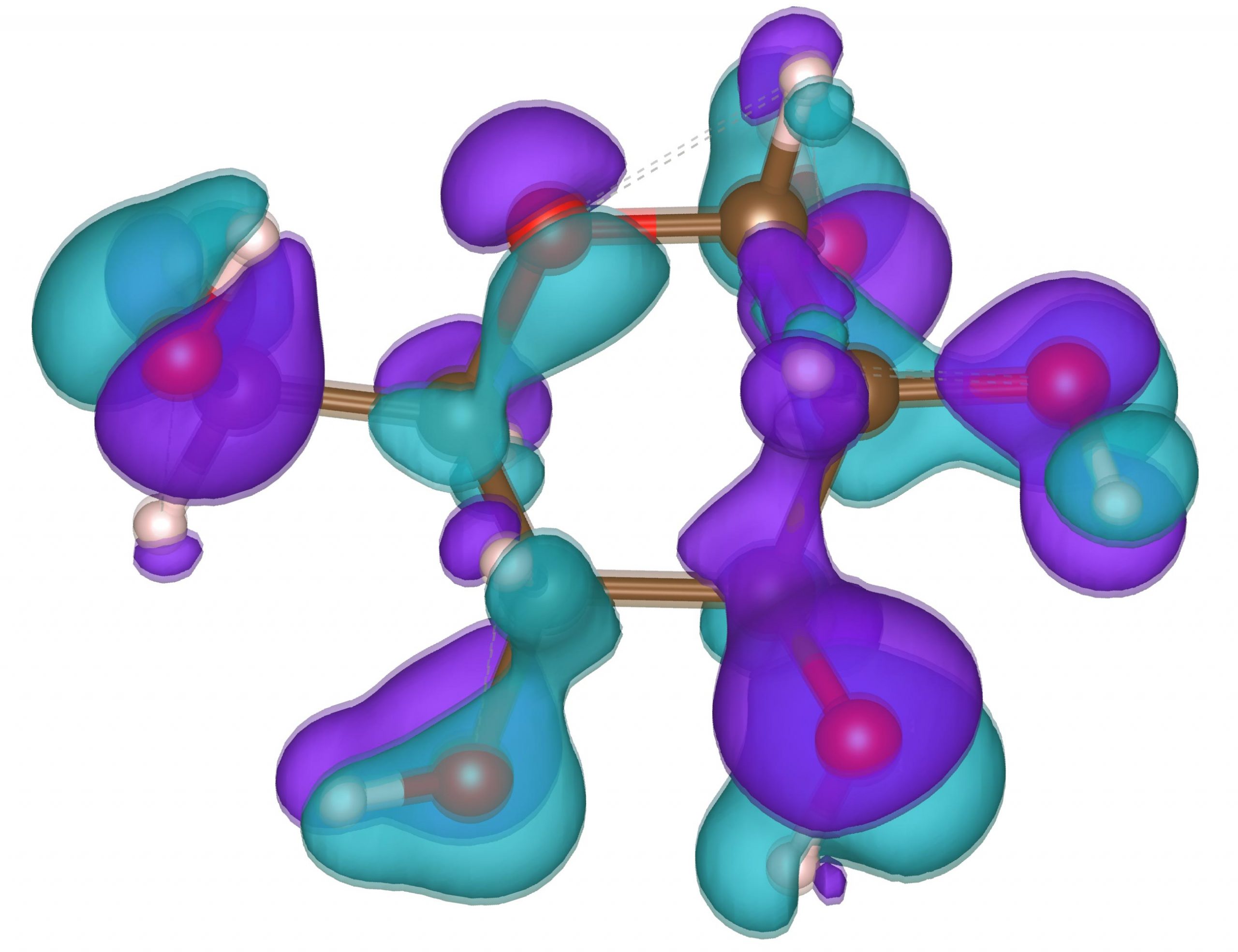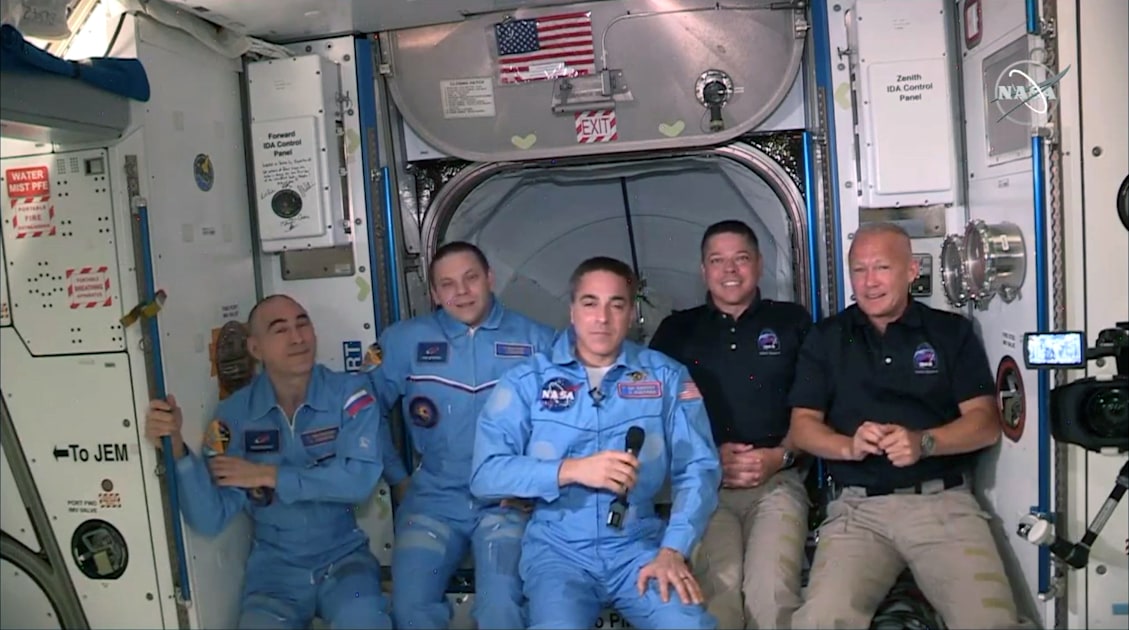Science Tips Tips Tricks Technology 2D Nano Sandwich Is Deliciously Useful for Detecting Biomolecules

Science Tips Tips Tricks Technology
Monolayer Janus MoSSe, a compound of molybdenum, sulfur, and selenium developed at Rice University, is adept at detecting biomolecules via surface-enhanced Raman spectroscopy. Its nonmetallic nature helps by curtailing background noise in the signal. Credit: Lou Group/Rice University
Rice University engineers adapt 2D ‘sandwich’ for surface-enhanced Raman spectroscopy.
A sandwich of molybdenum, sulfur, and selenium turns out to be deliciously useful for detecting biomolecules.
Tests at Rice University’s Brown School of Engineering of a two-dimensional Janus compound showed it could be an effective and universal platform for improving the detection of biomolecules via surface-enhanced Raman spectroscopy (SERS).
Using glucose to test the material proved its ability to boost its Raman enhancement factor by more than 100,000 times, which the researchers say is comparable to the highest-reported enhancement factor for 2D substrates.
SERS is an established technique that enables the detection and identification of small concentrations of molecules — or even single molecules — that get close to or adsorbed by metallic surfaces, including nanoparticles. It’s often used to detect nanoscale proteins in bodily fluids, helping to detect diseases and determine treatments, and in environmental analysis.
A model created at Rice University illustrates charge distribution in glucose. The light blue region shows the electron cloud distribution in a single glucose molecule. The purple regions show the drastic charge redistribution when anchored to Janus MoSSE and detected via surface-enhanced Raman spectroscopy. Credit: Lou Group/Rice University
But metallic SERS media often prompt side reactions that create background noise. Janus MoSSe synthesized at Rice is nonmetallic. “This work mainly addresses whether we can enhance the target molecules’ signal strength,” said materials scientist and principal investigator Jun Lou. “We wanted to know if we could make it stand out from the background noise.”
The answer was clearly yes, as Lou and his team reported in Nanoscale.
MoSSe, introduced by the Lou lab in 2017, was produced by chemical vapor deposition. Molybdenum sits in the middle with a layer of sulfur on one side and another of selenium on the other; hence the two-faced Janus characterization.
The different electronegativities of each layer make it a SERS superstar, said lead author and Rice alumnus Shuai Jia, a former graduate student in Lou’s lab.
“The dipole created between the top sulfur and the bottom selenium lands out-of-plane, and this creates an electrical field a few nanometers beyond the MoSSe,” Jia said. That field interacts with molecules that come close, enhancing their vibrational intensity enough to be detected.
The researchers noted tests with MoSSe also detected molecules of the neurotransmitter dopamine and that the substrate should be adaptable to sense other molecules.
Lou said there’s room for improvement. “We’re looking at hybrids of MoSSe with some metallic nanoparticles, and also trying to enhance the dipole strength,” he said.
Reference: “Biomolecular sensing by surface-enhanced Raman scattering of monolayer Janus transition metal dichalcogenide” by Shuai Jia, Arkamita Bandyopadhyay, Hemant Kumar, Jing Zhang, Weipeng Wang, Tianshu Zhai, Vivek B. Shenoy and Jun Lou, 16 April 2020, Nanoscale.
DOI: 10.1039/D0NR00300J
Co-authors of the paper are postdoctoral researchers Jing Zhang and Weipeng Wang and graduate student Tianshu Zhai of Rice, and postdoctoral researchers Arkamita Bandyopadhyay and Hemant Kumar and Vivek Shenoy, the Eduardo D. Glandt President’s Distinguished Professor of materials science and engineering, mechanical engineering and applied mechanics and of bioengineering, at the University of Pennsylvania. Lou is a professor of materials science and nanoengineering and of chemistry.
The Welch Foundation and the National Science Foundation supported the research.




